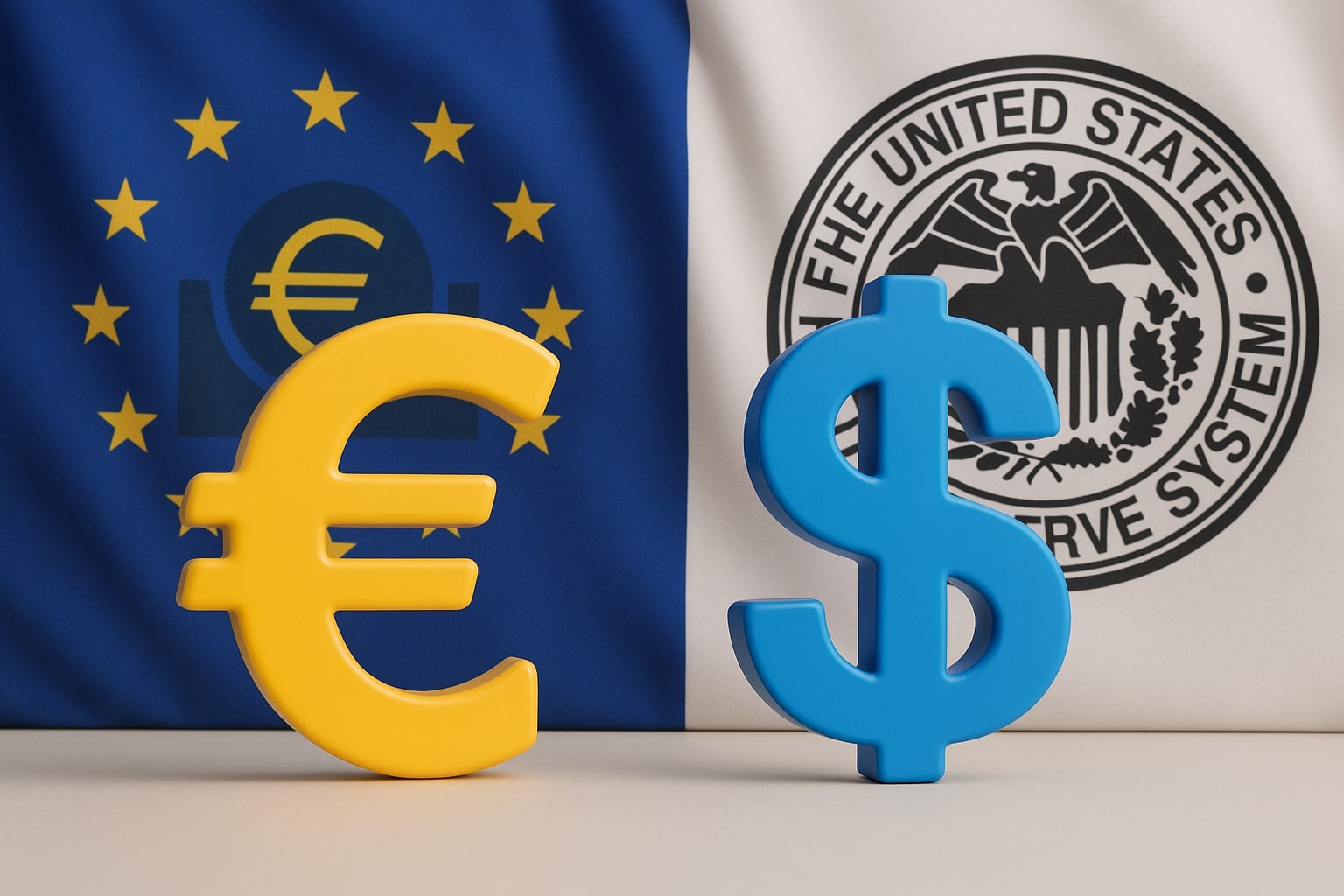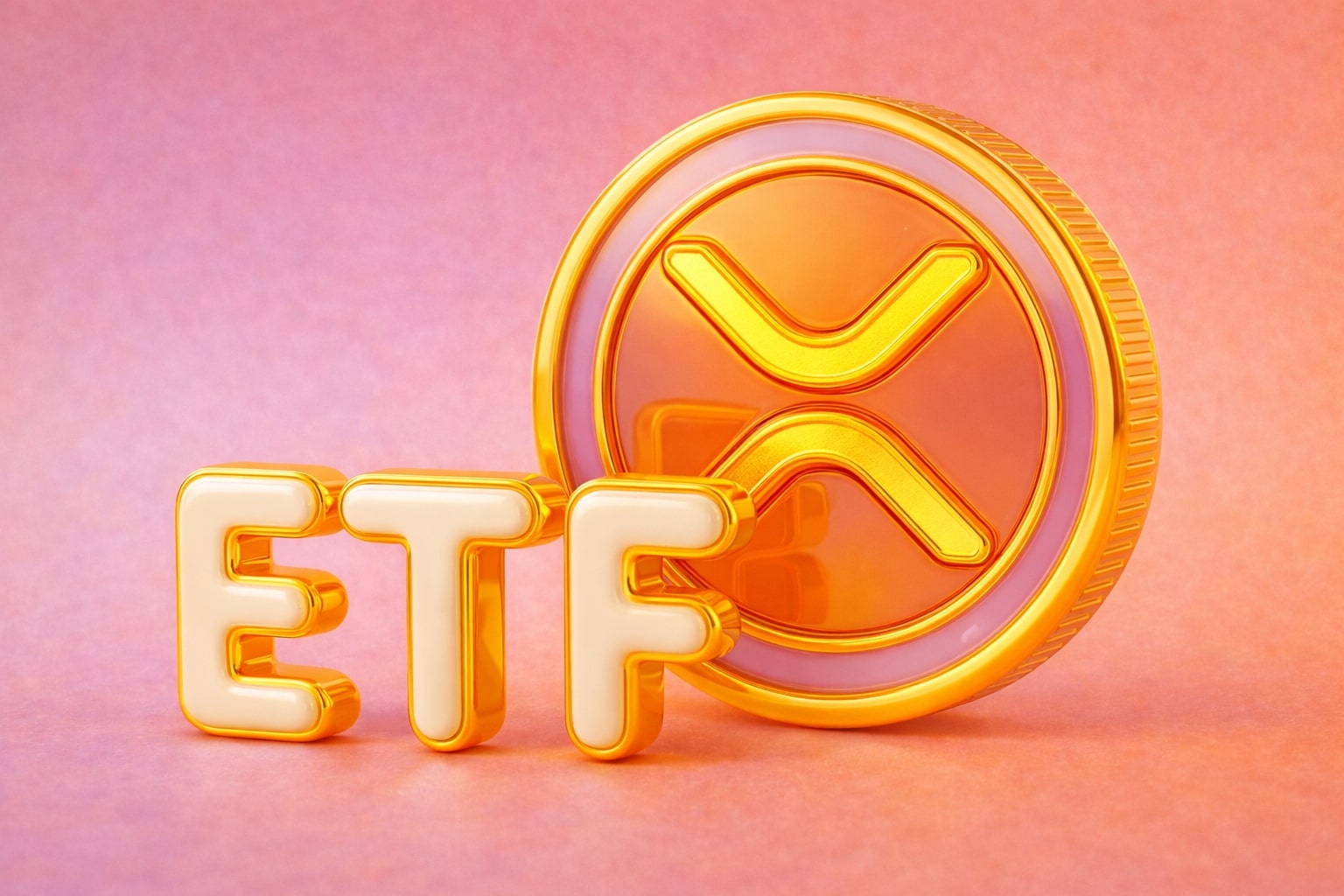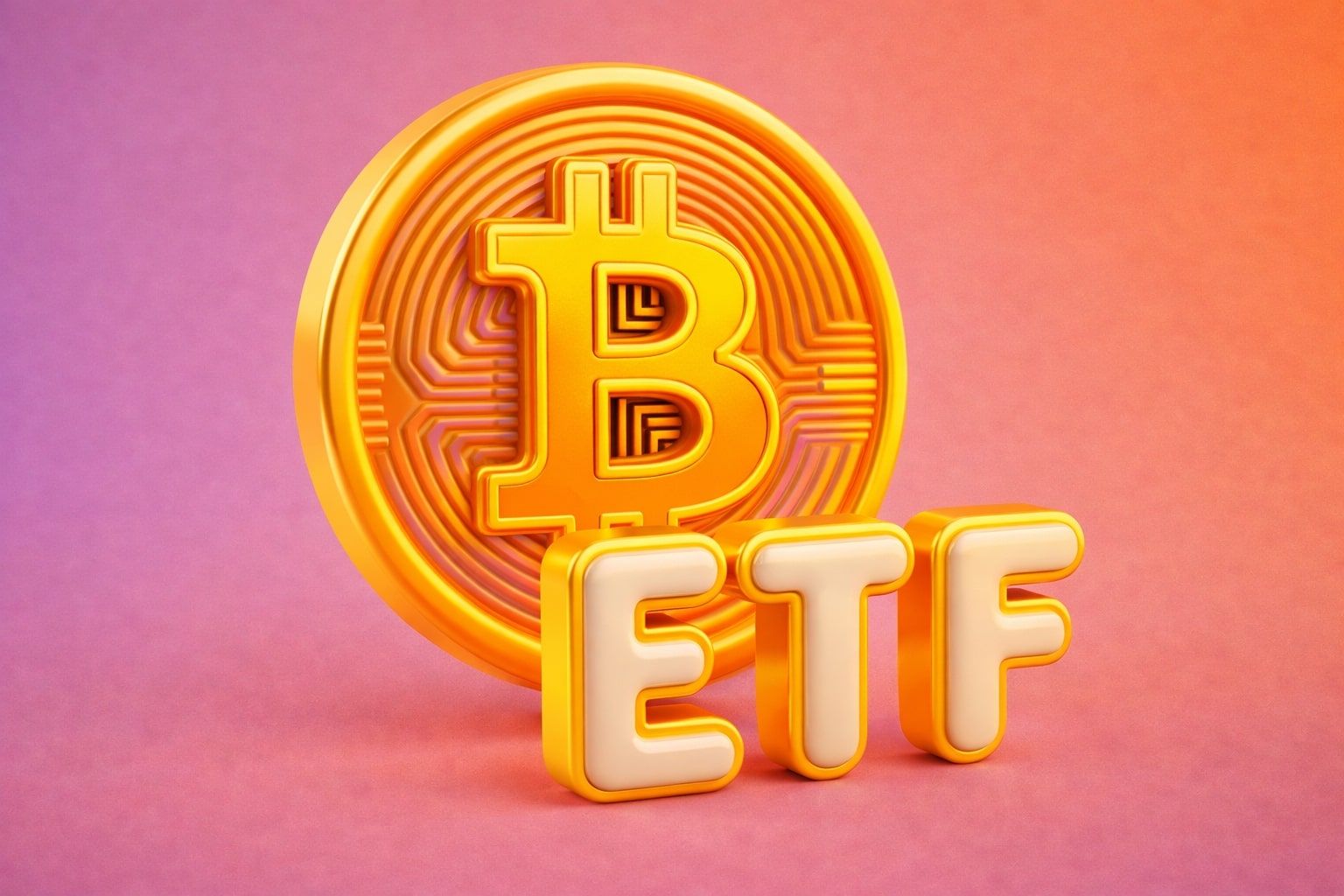
EUR/USD Price Forecast - EUR Holds 1.1690 Ahead of CPI and ECB Signals
Euro-dollar tests 1.1690 as inflation, jobless claims, and central bank moves dictate direction | That's TradingNEWS
EUR/USD Trades Near 1.1690 as Markets Position for Inflation and ECB Signals
Read More
-
IVE ETF Near $212: Is This S&P 500 Value Play Still Cheap for 2026?
20.12.2025 · TradingNEWS ArchiveStocks
-
XRP ETFs XRPI at $11.07 and XRPR at $15.76 Power $1.2B Inflows as XRP Fights for $2
20.12.2025 · TradingNEWS ArchiveCrypto
-
Natural Gas Price Forecast: NG=F Tests $3.60 Support as LNG Boom and $5 Henry Hub Calls Build Into 2026
20.12.2025 · TradingNEWS ArchiveCommodities
-
USD/JPY Price Forecast - Pairs Surges After BoJ’s 0.75% Hike as Pair Eyes 161.50 Resistance
20.12.2025 · TradingNEWS ArchiveForex
Rate Differentials Suggest EUR/USD Fair Value Near 1.18–1.20
Despite near-term weakness, Deutsche Bank and other institutional desks calculate that rate differentials imply a fair value for EUR/USD between 1.18 and 1.20. The narrowing spread between U.S. and European yields is undermining the dollar’s cyclical support, which has deteriorated since mid-2024. However, traders remain hesitant to bid the euro aggressively until they see whether the Fed delivers more than one cut this year and whether the ECB hints at further easing. ING maintains that the pair will stay anchored near 1.1700, with potential dips toward 1.1630–1.1650 but no sustained break lower unless macro data diverges sharply.
Labor Market Strain and Fed Politics Shape Dollar Bias
U.S. politics also play a role in the dollar’s trajectory. A federal judge temporarily blocked Trump from removing Fed Governor Lisa Cook, while economic advisor Stephen Miran is moving toward Senate confirmation as a dovish replacement for a hawkish member. A Miran appointment strengthens the argument for faster Fed cuts, which would weigh on the dollar and support EUR/USD. At the same time, labor softness—nonfarm payrolls added just 22,000 jobs in August with unemployment climbing to 4.3%—feeds the case for monetary easing. If confirmed, these developments could accelerate dollar losses and shift EUR/USD back toward its fair-value band.



















